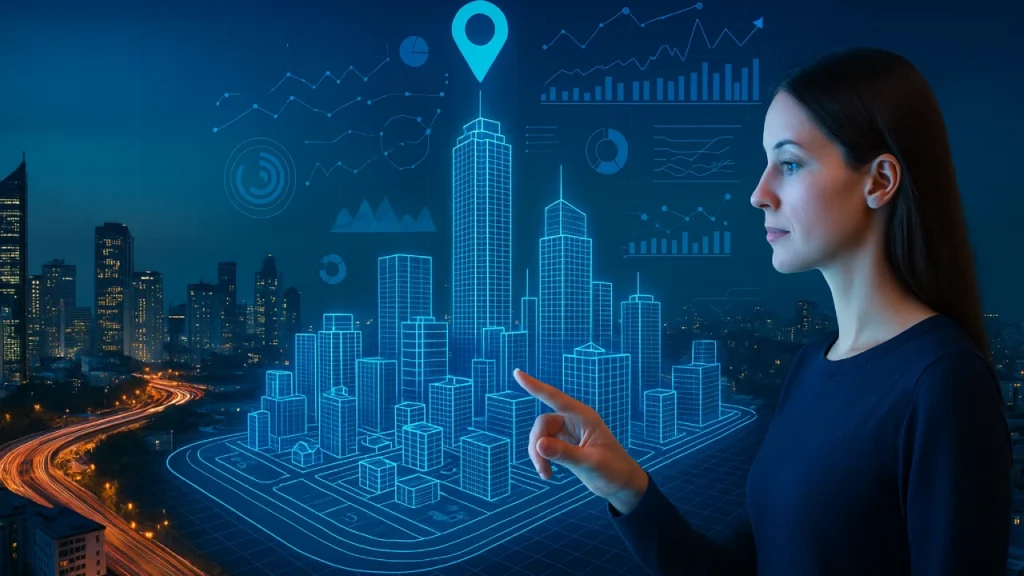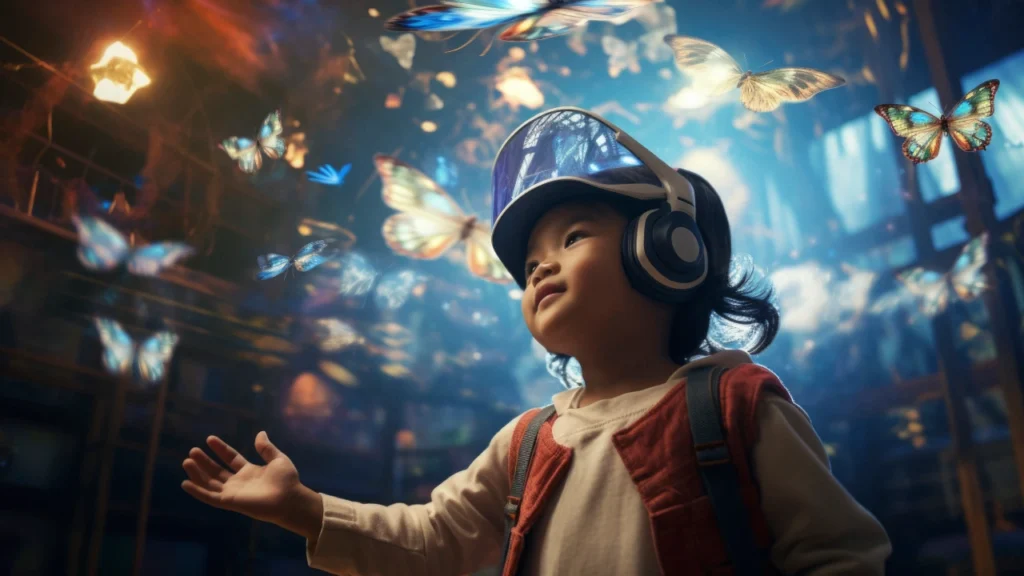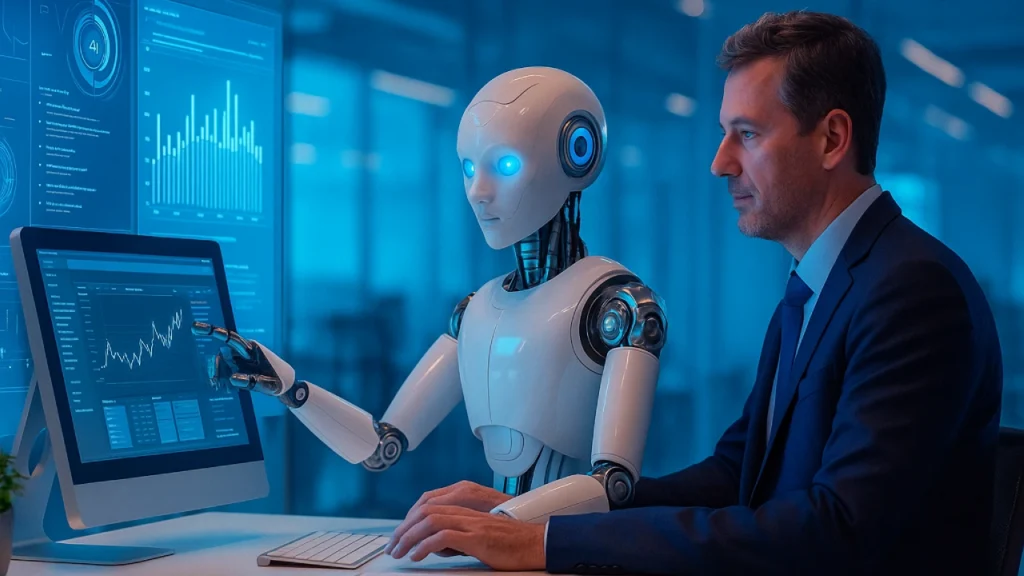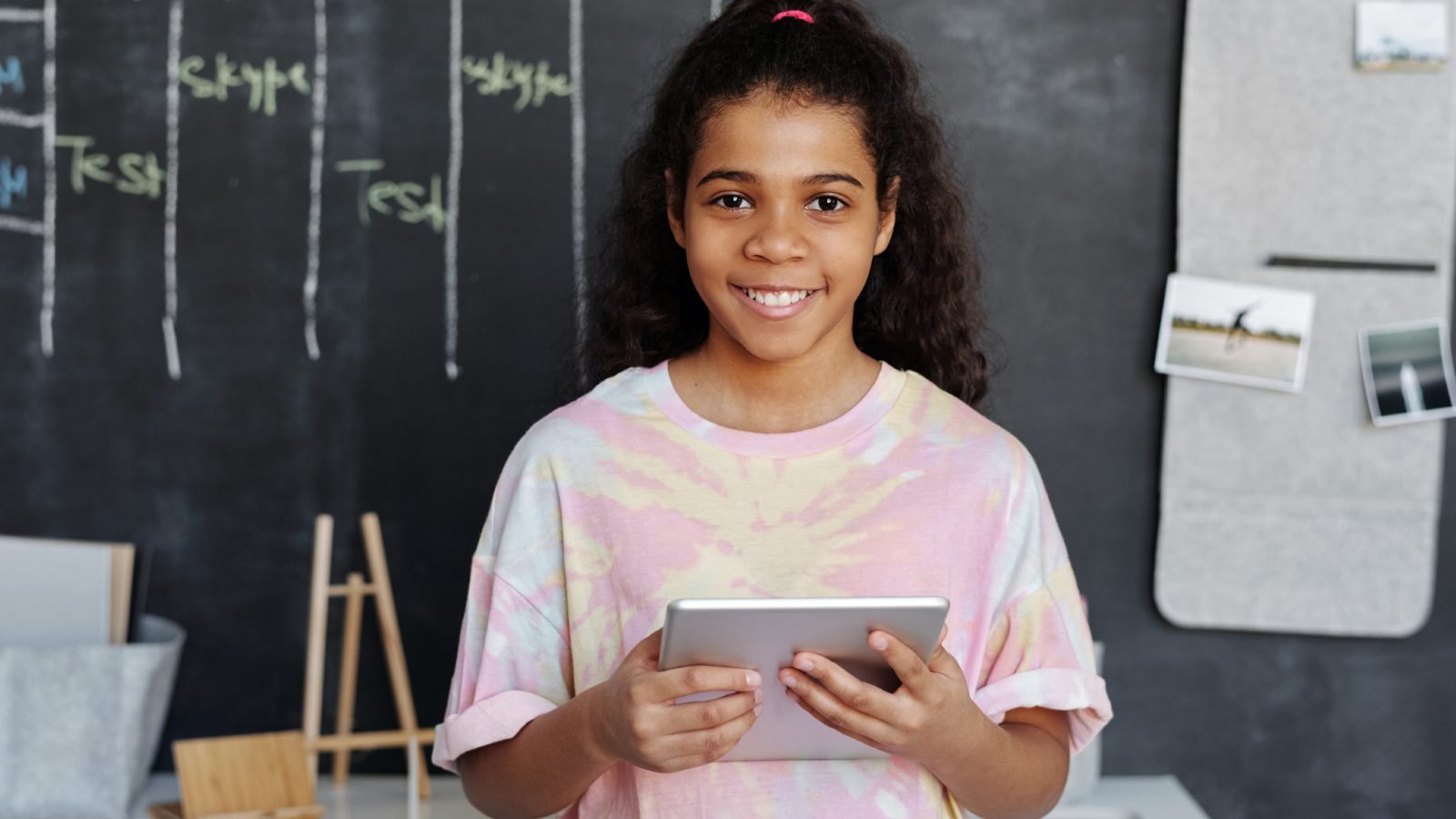Table of Contents
Highlights
- Explains how digital twin systems collect real-time data to monitor children’s growth, health, and development.
- Shows functional uses in managing chronic diseases, tracking mental health, and caring for rare diseases.
- Examines ethical challenges, including privacy, data security, consent, and the risk of over-surveillance.
- Highlights safeguards like privacy-by-design, transparency, dynamic consent, and human oversight for responsible use.
Digital twins are virtual replicas or simulations of physical entities that stay current with real-time data. They are being adopted in various fields, including healthcare, urban planning, engineering, and consumer goods. Recently, researchers and practitioners have started to explore how digital twin systems (DTS) can assist in monitoring child development, particularly in health-related settings.
These systems use sensors, wearable or connected devices, data analysis, and predictive modeling to track growth, behavior, and both physiological and pathological signals over time. For children with chronic diseases, rare disorders, or developmental delays, digital twins offer the potential for earlier intervention, personalized care, and better outcomes. However, as these systems grow in power and become an integral part of everyday life, they raise important ethical, legal, and social questions, particularly in consideration of children’s vulnerability and evolving abilities.

Functional Uses: What Digital Twin Systems Can Do for Child Development
One of the most practical uses of digital twin systems for kids is monitoring and managing chronic diseases. A recent review highlights systems that track data using multiple sensors, like glucose monitors, wearable trackers, and physiological sensors, and adjust care based on the findings. For instance, the artificial pancreas used for type-1 diabetes serves as a prototype of a digital twin system: sensors measure blood sugar, software calculates insulin needs, and devices deliver treatment.
These models can provide real-time monitoring, alerts to caregivers or doctors, and adjust behavior or treatment recommendations based on ongoing data. Studies examining children and young people with chronic diseases suggest that digital twin systems could similarly assist with asthma, congenital heart conditions, rare metabolic disorders, or neurological conditions, where several factors—environmental, genetic, and behavioral—interact.
Another practical application is monitoring developmental and mental health. Wearable devices and connected sensors can gather data on sleep, activity levels, emotional states, or social interactions. Some recent research considers using wearables to screen for mental health conditions in children by tracking behavioral trends and detecting changes that might signal early warning signs. This data can inform a digital twin model, enabling parents or doctors to observe developmental paths and intervene sooner when delays or issues arise.

For children with rare diseases, digital twins can simulate “what-if” scenarios that test the impact of treatment plans on disease progression or mimic dietary, environmental, or therapeutic changes. Since rare diseases often lack extensive datasets, these systems can combine individual, transferable data with modeled insights from related cases, improving predictions over time. Such simulations can help doctors and families make more informed choices.
Additionally, digital twin systems can promote empowerment and shared decision-making. When designed to provide clear feedback in a child-friendly manner, they can visualize health metrics, growth patterns, and predicted outcomes, engaging children (as appropriate), caregivers, teachers, and health professionals. They can support goal setting, monitor adherence to medication or therapy, and encourage behavior changes like diet, exercise, or sleep through ongoing feedback loops. When adjustable, the twin can accommodate changing preferences, evolving health conditions, and developmental stages, rather than remaining static.
Ethical, Legal, and Social Challenges
While digital twins hold significant promise, using them to monitor child development raises essential ethical and legal concerns that are more complex than those typically faced with adults.
One major issue is privacy and data protection. Children are particularly at risk of having sensitive health and behavioral data misused or improperly disclosed. Digital twin systems collect continuous data from sensors, as well as contextual information, such as location and activity. It is essential to ensure data security, reduce the risks of unauthorized access, anonymize or de-identify data when possible, and limit data use to its intended purpose. Without strong protections, the risk of data breaches or surveillance increases considerably.

Another ethical concern involves the principles of consent and autonomy. Children cannot give informed consent like adults; their caregivers or parents must act on their behalf. However, digital twins may require ongoing consent since children’s preferences can change as they grow. They may want to withdraw or modify the data collected, how it is used, or the predictions or recommendations made. Systems must allow for changing autonomy, provide options to opt out of certain features, be clear about how predictions are created, and enable children to participate meaningfully when possible.
Accuracy, bias, and the validity of models are also significant issues. Children’s physiological norms, behavioral patterns, and growth trajectories vary widely, and many datasets are small or mixed. Models trained on adult data or data from specific populations may not accurately represent outcomes for children from diverse ethnic, socioeconomic, or geographic backgrounds. In rare diseases, a lack of data may decrease precision. False positives or negatives in predictions, such as identifying developmental delays or mental health risks, can lead to anxiety, stigma, unnecessary treatment, or missing crucial interventions.
There are also dangers related to over-surveillance, dependency, and psychological effects. Continuous monitoring and feedback can put pressure on both children and caregivers, leading to feelings of being observed, judged, or distrusted. This might reduce spontaneity, make mistakes more apparent, or lead to an excessive focus on “optimal” development instead of healthy variation. The mental strain of constantly measuring against models or expected outcomes could impact self-esteem, self-image, and identity. Trust between the child, caregiver, and clinician must be upheld, rather than replaced by a reliance on algorithms.

Legally, standards and regulations might not keep pace. Systems that classify, predict, or recommend health-related actions are often considered “high-risk” under various regulatory frameworks, such as the EU’s AI Act. This means they are subject to oversight, transparency, auditing, safety, thorough validation, and human supervision. Additionally, laws vary across regions regarding data protection, child rights, medical device regulation, health privacy, informed consent, and liability. Ensuring compliance, protecting rights, and managing governance can be complicated. Developers and health systems using digital twins must consider these differences.
Balancing Benefits with Safeguards
Due to the high stakes involved, the responsible use of digital twins for monitoring child development necessitates careful design, oversight, and policy measures.
One essential safeguard is building systems with privacy in mind. This involves minimizing the data collected, utilizing secure methods to send and store data, enabling anonymization or pseudonymization, employing strong encryption, limiting data sharing with third parties, and establishing clear policies on data retention and deletion. It’s also important to make systems strong against cheating, misuse, or inaccuracies in sensor behavior or data capture.
Another key aspect is transparency and explainability. Children, parents, and clinicians should understand how the digital twin functions, what data it uses, how it makes predictions, what assumptions it holds, how confident it is about those predictions, and what limitations exist. Interfaces should be user-friendly for children, featuring visualizations or explanations that are tailored to their age level. When predictions involve probabilities, the system should avoid using language that sounds certain.

Dynamic consent and participation are also vital. Consent should not be a “one-time and forever” agreement; it should be reviewed periodically. As children grow, they should be included in decisions about which features, such as data collection or alerts, should continue, pause, or change. Giving children a voice helps protect their autonomy and identity. Additionally, caregiver involvement and clinician oversight are crucial. Human professionals should stay central and not be replaced by automated systems.
Regulation and oversight must keep up with these developments. Digital twin systems for children will likely be subject to health-oriented regulations, medical device rules, data protection laws, and AI regulations in many areas. Pre-market testing, safety trials, audit frameworks, and ongoing monitoring of outcomes -including psychological, social, and identity effects, as well as clinical measures – are necessary. Engaging stakeholders, such as ethicists, child rights experts, parents, caregivers, and young people themselves, should occur during both design and evaluation.
Real-World Examples and Current Status
Although fully mature systems are still emerging, some parts of the vision are already in place. The artificial pancreas is one example where monitoring, predictive adjustment, and automatic treatment delivery create a closed loop designed for children with type 1 diabetes. Experts are considering expanding similar digital twin-based systems to manage asthma and other chronic childhood conditions. These systems would integrate various sensor types and contextual data, such as environment and lifestyle, to improve adaptive care.

Research is also looking into the use of wearables for mental health screening in children. Many devices are consumer-grade and not fully validated for medical use; however, they show promise for continuous, passive monitoring of behavior, sleep, and physiological signals, which may help detect trends. However, most of this research is still in early stages, often in pilot or experimental setups.
Regulatory scrutiny is increasing. For instance, in the EU, digital twin systems that assist with diagnosis, treatment planning, or patient monitoring are classified as high-risk AI systems under the EU AI Act. This classification introduces requirements for transparency, data quality, human oversight, and conformity assessments. In rare disease contexts, ethical discussions are calling for stronger regulations, inclusive design, and attention to autonomy, children’s rights, and identity.
Looking Forward: Promises and Precautions
Digital twins for children can help detect developmental issues early. They can personalize medical, psychological, and educational support. This could reduce treatment delays and give families tools to understand and manage their children’s health and growth better. In areas with limited resources, these twins can help bridge gaps in clinical access by enabling remote monitoring and telehealth with data-driven feedback. Tracking environmental factors, nutrition, sleep, and activity, all critical to child development, could become more connected.

However, poorly designed systems might worsen existing inequalities, cause harm, or damage children’s self-esteem. There is a risk that constant monitoring may turn into intrusive surveillance. Predictions might be seen as unavoidable, leading to expectations driven more by algorithms than by children’s actual experiences.
The future relies on careful policy, ethical design, stakeholder involvement, regulation, and thoughtful implementation. Systems that respect children’s rights, utilize participatory design, incorporate layered consent and flexibility, ensure robust privacy and transparency, and are guided by human oversight are more likely to deliver benefits while effectively managing risks.
Conclusion
Digital twin systems for monitoring child development have a lot of potential. They can lead to more personalized, proactive, and ongoing care, help in detecting challenges earlier, and encourage deeper involvement from children, caregivers, and clinicians. However, the ethical, legal, and social aspects are just as important as the technical ones. These factors may play a larger role in determining whether these systems enhance well-being or erode trust, autonomy, identity, or rights. As these technologies advance, finding a balance between function and ethics will be crucial. This balance will help ensure that real-time monitoring supports healthy growth in childhood, rather than restricting it.